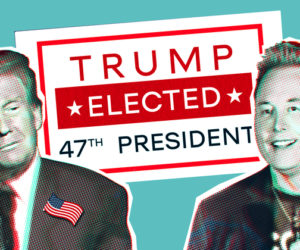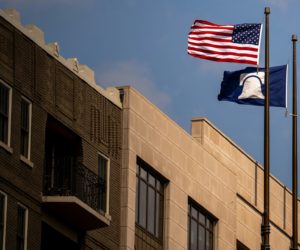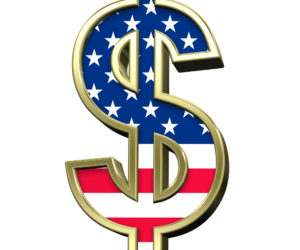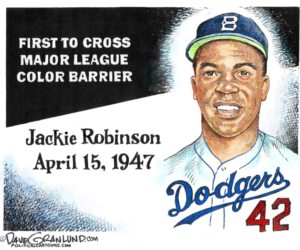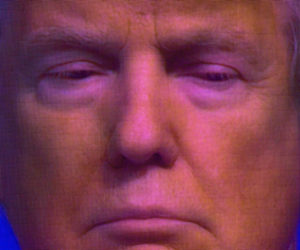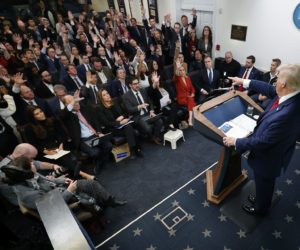The middle class is being squeezed and downsized. Its spending power, the main engine of the economy, is being diminished. More and more of its members are falling into poverty.
The upper one percent of earners, meanwhile, are seeing their own incomes rise dramatically. It soaked up 19 percent of all new income last year, the highest percentage since 1928. The economic justification given for this is that their increasing wealth is supposed to provide capital for investment that creates jobs and animates the economy. Except it hasn’t. Too much goes instead into realms such as Wall Street churning (a.k.a. high frequency trading), and into derivatives that do nothing but promote high finance gaming.
The very large, growing and excessive income inequality in this country thus imperils the overall health of the U.S. economy. This isn’t a theory. It is the stuff of everyday living. It’s a Main Street reality.
How, then, can this imbalance be addressed in an appropriate manner? Many suggestions have been offered in this regard. None, however, seems based on Occam’s Razor — a philosophical concept that says, in essence, that the best solution to any problem is usually the least complicated and simplest one.
Here, then, is the Occam’s Razor approach to addressing excessive income inequality and remediating many of its bad effects: Change federal tax law. Increase the top income tax rate paid only by the rich and tax their unearned incomes at this same top rate as well. Then use ALL the additional tax revenue generated to lower tax rates on smaller incomes, with none siphoned off for other purposes.
This is actually a modest as well as a simple proposal. It would not increase overall income taxes one penny, merely shift the tax burden from one group to another — quite a normal thing with federal taxes that’s been done often over the years. It would also not affect existing wealth, just new wealth, the product of policies that promote excessive income inequality.
The consequences of this approach would nonetheless be dramatic and immediate. Spending by the vast middle class would juice up national spending power in ways that give a boost to the entire economy. Fewer Americans would fall from the middle class into poverty, reducing government’s own poverty spending.
What this bit of Occam’s Razor economics would NOT do is lessen job-creating investment by individuals and businesses. Quite the opposite. Capital naturally flows into realms with the greatest opportunities for profit. If there’s more profit potential providing goods and services that accommodate increased middle class spending power, than in high frequency trading and derivative gaming, that’s where the investment capital will gravitate.
In a country with a population of more than 300 million, a multi-trillion dollar economy, incredible economic diversity, all functioning in a fast changing world economy, there is no one, no single, cure for economic stagnation. There are, however, some simple, direct, immediate and easily understood examples of Occam’s Razor economics worthy of serious consideration.
Is the Occam’s Razor example described above politically impossible to implement today? Perhaps. But in the very near future, when the arcane, complex, and convoluted alternatives have been tried and failed, as they have to date, this approach might well get a very close look.
Michael Silverstein is a former senior editor with Bloomberg News. His latest book is The Devil’s Dictionary Of Wall Street



